Catherine Parr is often remembered simply as the wife who outlived Henry VIII. But there’s so much more to her story. Take a look at these 15 fascinating facts about this remarkable woman who was a queen, a scholar, and a pioneer in her own right.
She Was Named After Catherine of Aragon
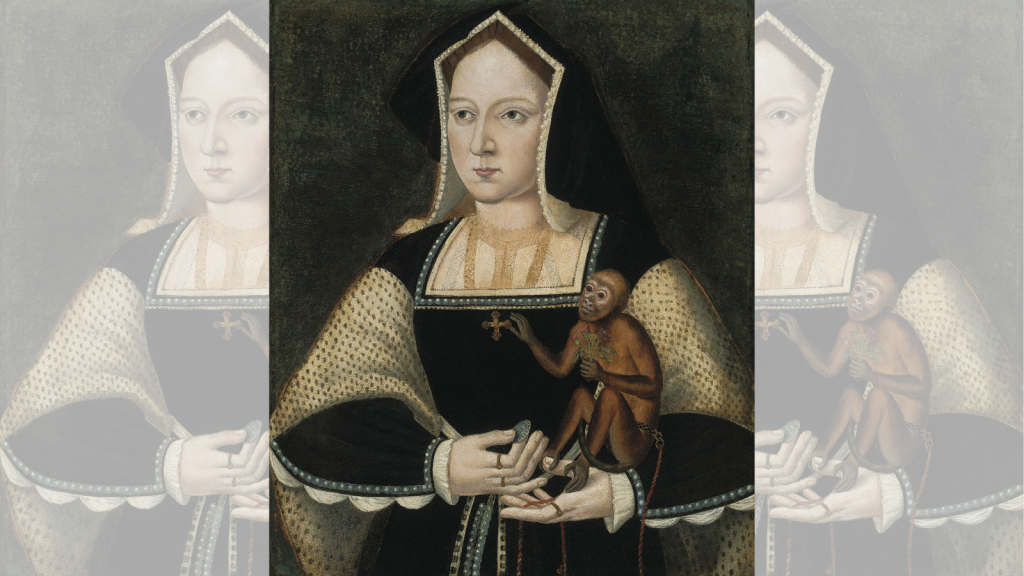
Catherine Parr shared her name with Henry’s first wife, Catherine of Aragon. This wasn’t a coincidence. Parr’s mother was a lady-in-waiting to Catherine of Aragon and named her daughter after the queen. It’s a quirky twist of fate that Catherine Parr would later marry the same man who had divorced her namesake.
She Was Already Twice Widowed Before Marrying Henry

By the time Catherine married Henry VIII, she was no stranger to marriage. She had already been widowed twice. Her first husband, Edward Borough, died when she was just 20. Her second husband, John Neville, Lord Latimer, passed away in 1543. These experiences gave Catherine a level of independence unusual for women of her time.
She Was a Published Author
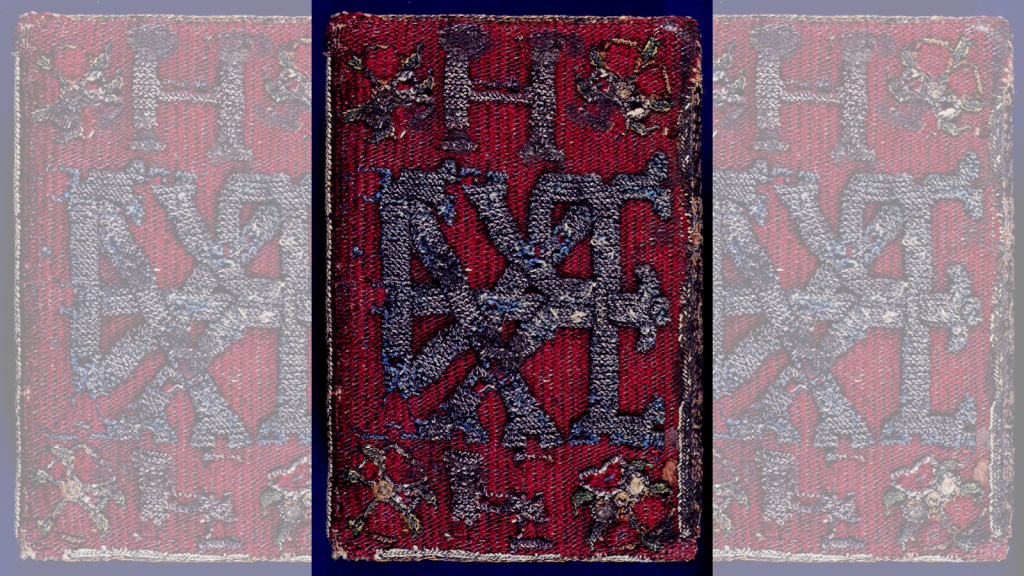
Catherine was a talented writer and the first English queen to publish under her own name. Her book, “Prayers or Meditations,” was published in 1545. It was a bestseller in its day. Catherine wrote about religious topics and her work shows she was deeply involved in the religious debates of her time.
She Was a Champion of Women’s Education

Catherine believed strongly in education for women. She made sure her stepdaughter, the future Queen Elizabeth I, received an excellent education. Catherine also encouraged other noblewomen to study. She saw education as a way for women to grow in faith and wisdom.
She Nearly Got Arrested for Heresy

Catherine’s religious views sometimes got her into trouble. She liked to debate theology with Henry, which was risky business. In 1546, her enemies tried to have her arrested for heresy. But Catherine was clever. She convinced Henry she was just trying to learn from him, and he spared her.
She Was a Devoted Stepmother
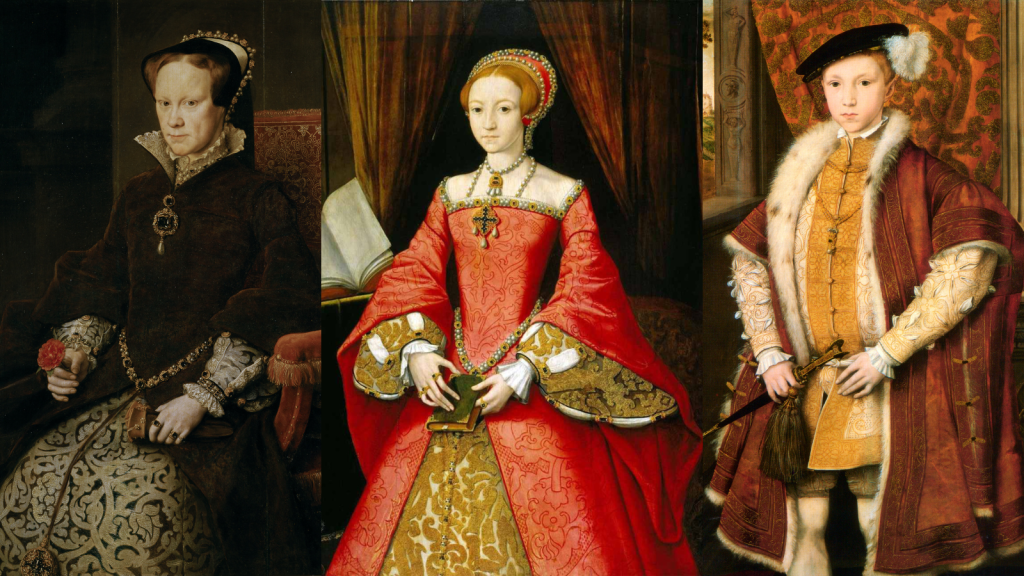
Catherine was a loving stepmother to Henry’s children. She helped reconcile Henry with his daughters, Mary and Elizabeth. She also took charge of the education of Edward, Henry’s young son. All three of Henry’s children would later become rulers of England.
She Could Speak Several Languages

Like many educated people of her time, Catherine was multilingual. She could speak English, Latin, French, and Italian. This skill helped her in her studies and in her role as queen. It also shows how well-educated she was for a woman of her era.
She Was Almost Engaged to Thomas Seymour Before Marrying Henry
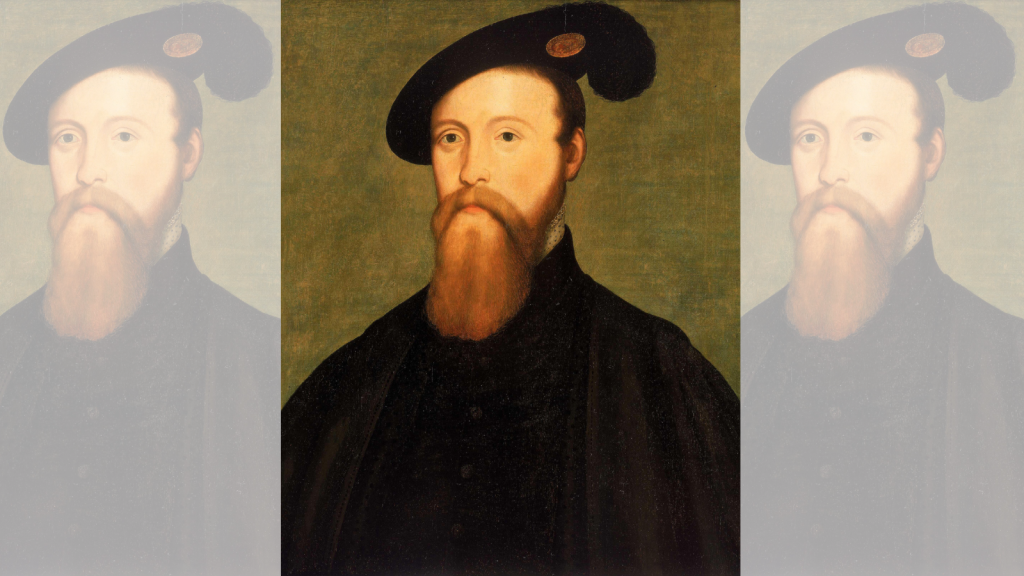
Before marrying Henry, Catherine was in love with Thomas Seymour, brother of Henry’s third wife Jane Seymour. They were nearly engaged when Henry proposed. Catherine chose duty over love and married the king. But this wasn’t the end of her story with Thomas Seymour.
She Was the Most-Married English Queen
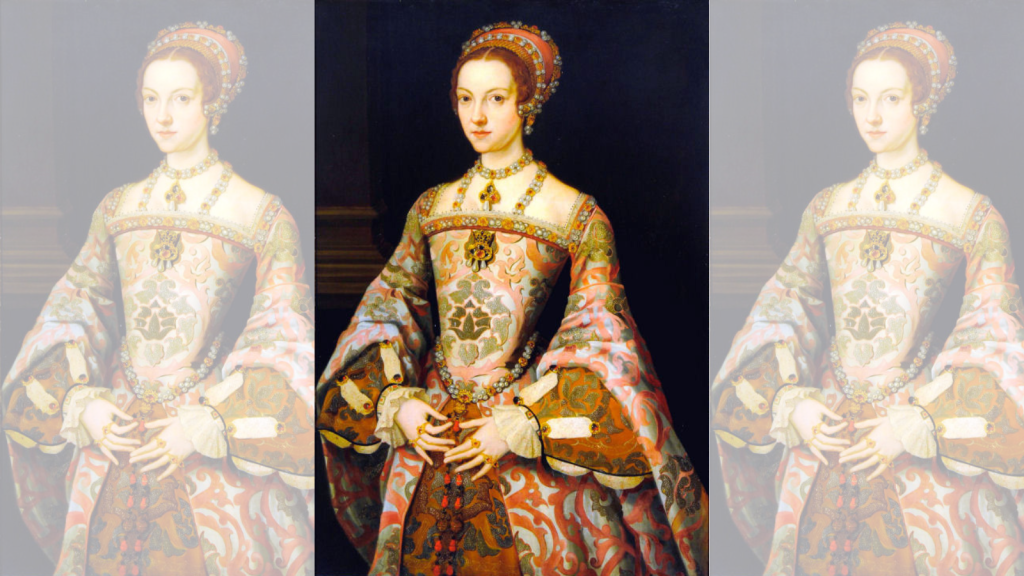
Catherine holds the record for the most marriages of any English queen. She was married four times in total. Her last marriage, to Thomas Seymour, took place after Henry’s death. This marriage was for love, but it would bring Catherine both joy and sorrow.
She Was a Skilled Diplomat
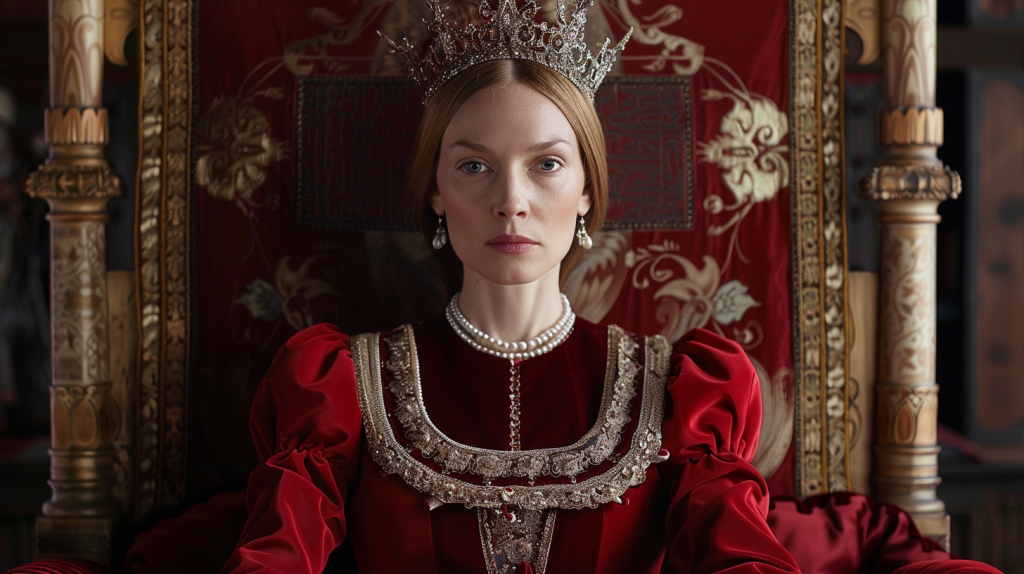
As queen, Catherine showed great skill in diplomacy. She served as regent when Henry was away at war in 1544. During this time, she managed the country’s affairs well. She also helped keep peace in the royal family, no easy task given the tensions between Henry’s children.
She Promoted Protestant Reforms
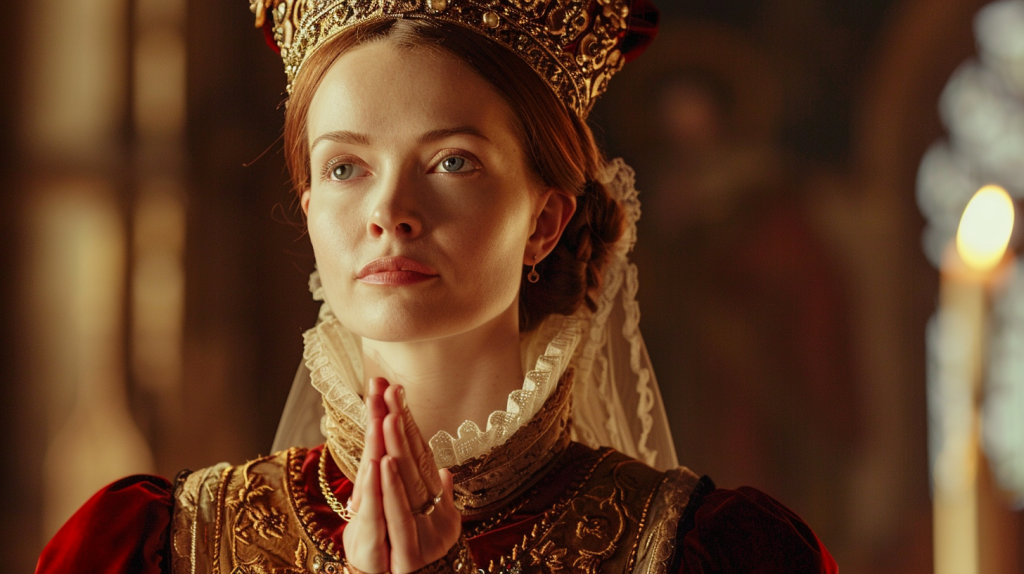
Catherine was a supporter of Protestant reforms in the Church of England. She used her position as queen to promote these ideas. However, she had to be careful. Religious views were a matter of life and death in Tudor England. Catherine managed to navigate these dangerous waters skillfully.
She Survived an Assassination Attempt
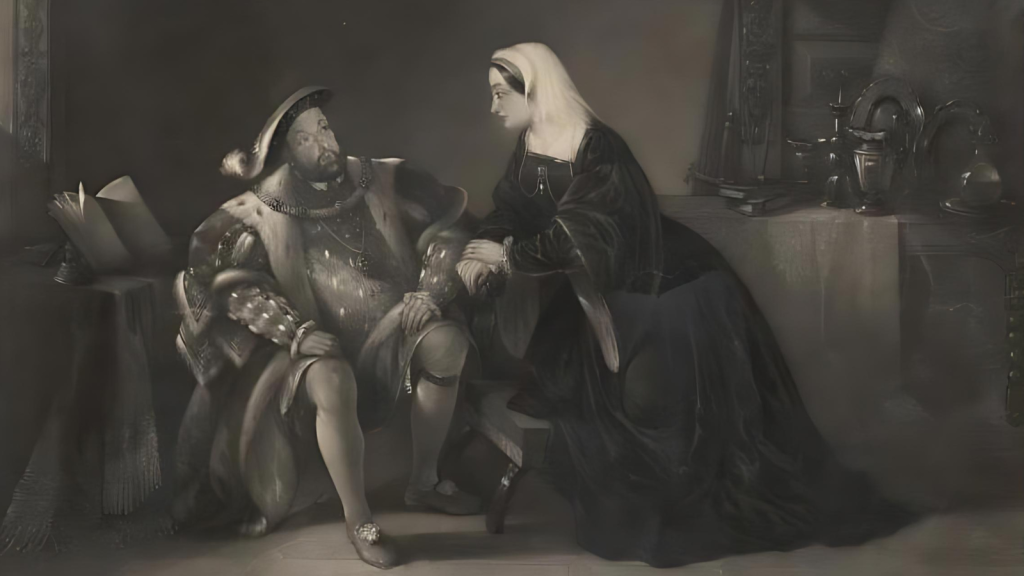
In 1546, Catherine’s enemies tried to kill her. They sent her a package containing a dagger, hoping to frame her for treason. But Catherine was too smart for them. She immediately showed the package to Henry and explained she knew nothing about it. Her quick thinking saved her life.
She Had a Close Friendship with Lady Mary
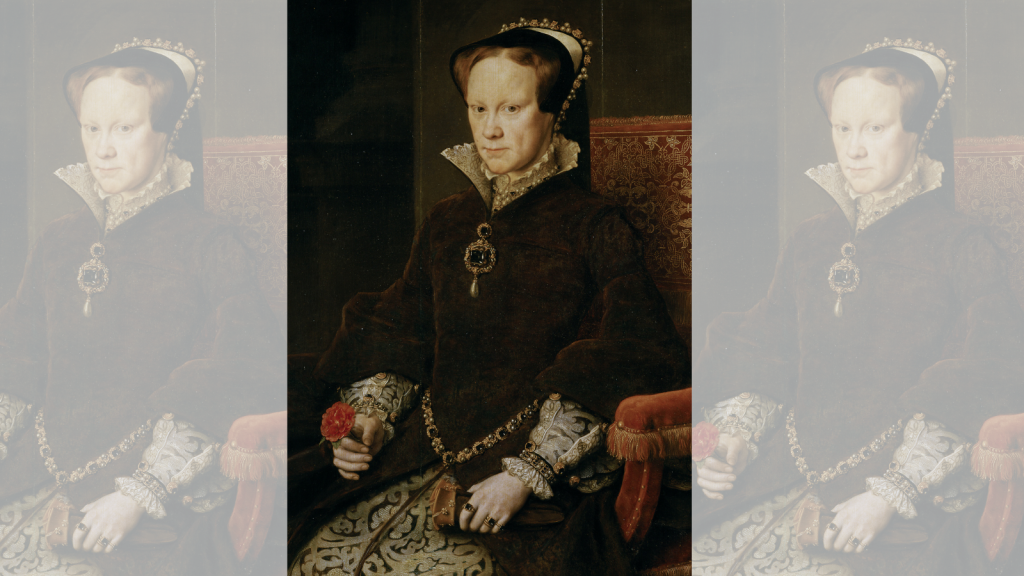
Despite their religious differences, Catherine formed a close friendship with Henry’s daughter Mary. Mary was a devout Catholic, while Catherine leaned towards Protestantism. Yet they managed to find common ground. This friendship speaks to Catherine’s ability to bridge divides and build relationships.
She Died in Childbirth
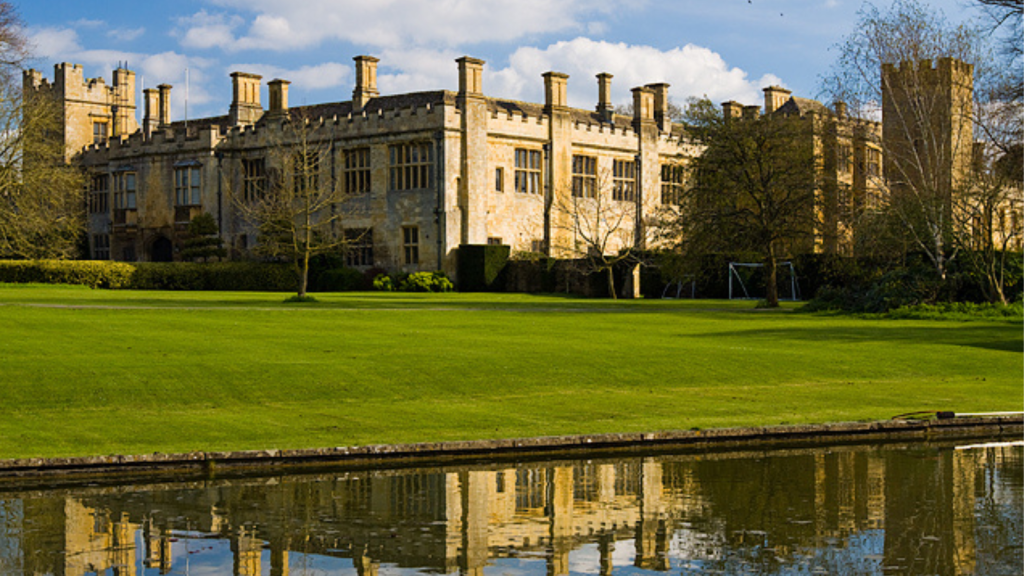
Sadly, Catherine’s life ended tragically. She died in 1548, just days after giving birth to her only child, a daughter named Mary. Catherine was only 36 years old. Her death in childbirth was a common fate for women in Tudor times, even for a queen. She is buried in the chapel at Sudley Castle.
She Had a Close Call with the Plague
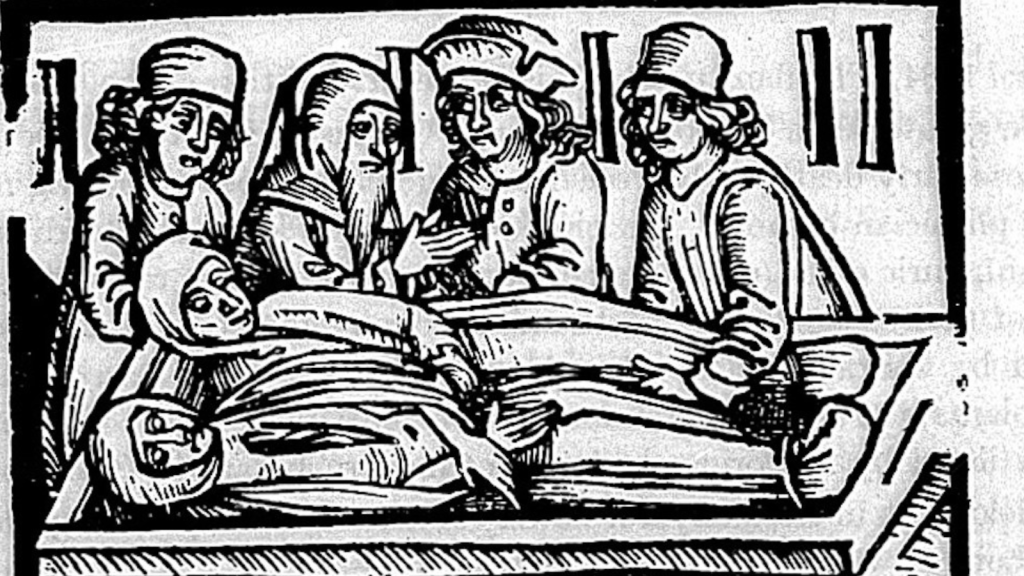
In 1537, while married to her first husband, Catherine nearly died from the sweating sickness, a form of plague. She survived, but the experience likely influenced her later interest in medicine and caregiving. It’s a reminder of the ever-present danger of disease in Tudor England.
Katy Willis is a writer, master herbalist, master gardener, and certified canine nutritionist who has been writing since 2002. She’s finds joy in learning new and interesting things, and finds history, science, and nature endlessly fascinating.
